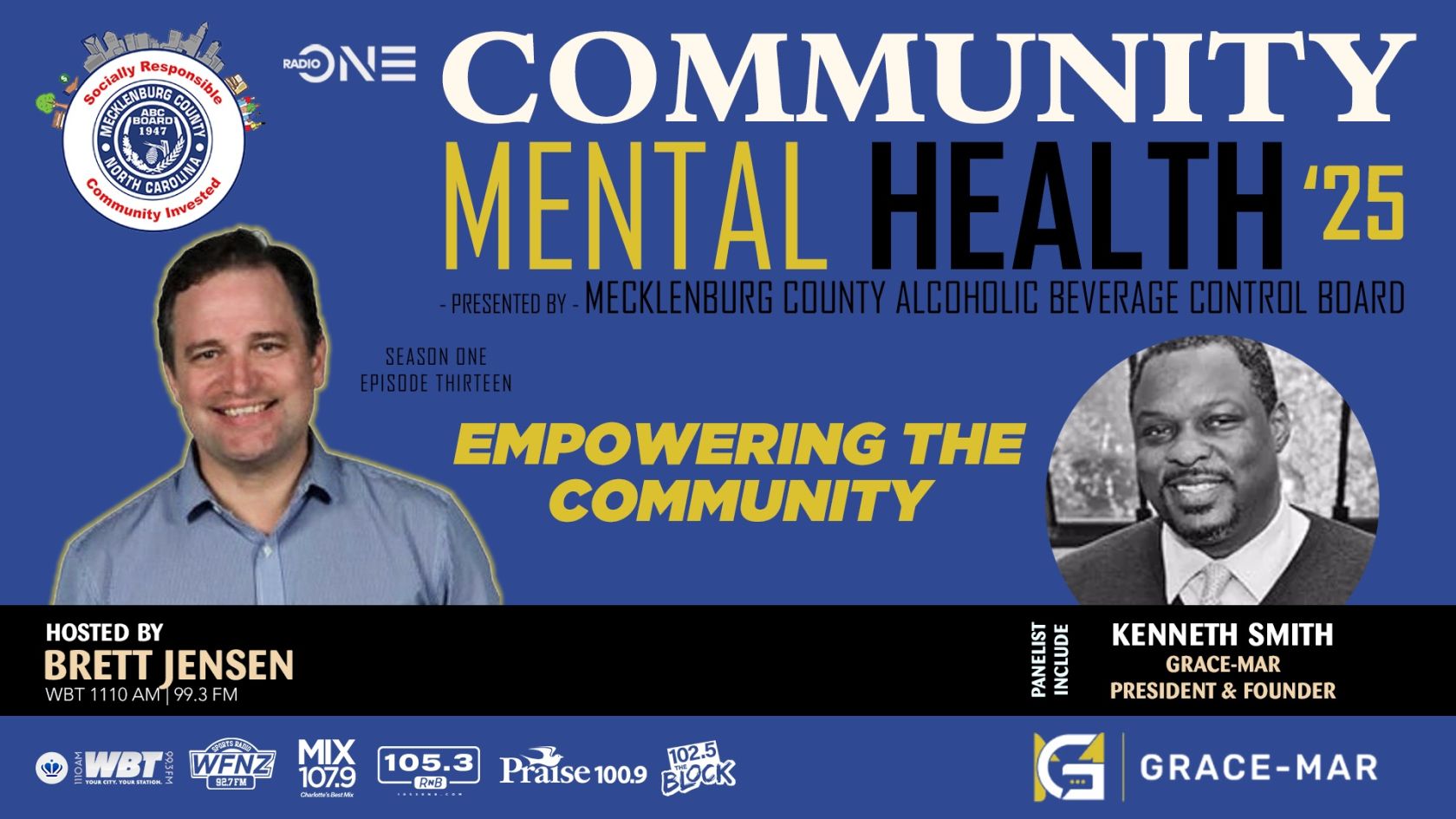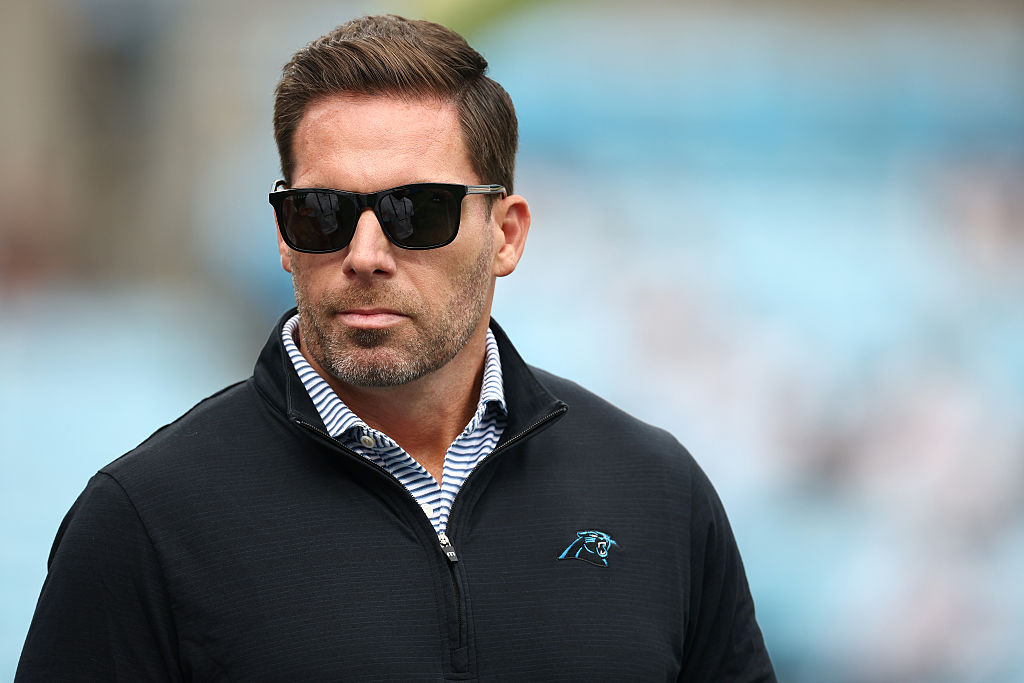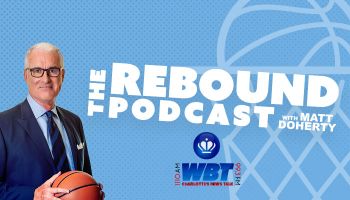
On Thursday, President Trump exercised his writing hand and signed an executive order titled “Saving College Sports,” mandating federal authorities like the Department of Education to have more involvement with universities, especially those public colleges that receive federal funds, to ensure that athletic scholarships and NIL deals remain above board.
The order demands that larger universities with massive athletic departments maintain a certain number of scholarships for less lucrative sports. The hope is that this executive order will help quell the massive influx of money for schools to attract big names under the recently created name, image, and likeness deals — known as NIL.
“The future of college sports is under unprecedented threat,” the order says, NPR reports. “A national solution is urgently needed to prevent this situation from deteriorating beyond repair and to protect non-revenue sports, including many women’s sports, that comprise the backbone of intercollegiate athletics, drive American superiority at the Olympics and other international competitions, and catalyze hundreds of thousands of student-athletes to fuel American success in myriad ways.”
Here’s the problem: An executive order is not the law. Think of it as a sternly worded email from the CEO of a company. Yes, it means something, but what really? There is no guarantee that the order will be made a law, but many legal experts believe that it does shine a light on the president’s growing interest in sticking his nose in matters that don’t concern him.
“This may not be a binding legal framework — but it’s absolutely a signal: that the federal government, and now presidential politics, are increasingly willing to intervene in the future of college sports,” Noah Henderson, a professor of sports management at Loyola University Chicago, told NPR.
Trump’s order comes just one month after a class action settlement called House v. NCAA allowed Division I college athletic departments to pay players directly.
“Absent guardrails to stop the madness and ensure a reasonable, balanced use of resources across collegiate athletic programs that preserves their educational and developmental benefits, many college sports will soon cease to exist,” the order reads.
Many believed that the president was planning on creating a college sports commission to sort through some of the more difficult issues facing college sports, (like is all of the player money coming from the universities?) But Trump’s order chose to try and add “guardrails” to “an out-of-control, rudderless system in which competing university donors engage in bidding wars for the best players, who can change teams each season,” the order reads.
From AP News:
There has been a dramatic increase in money flowing into and around college athletics, and a sense of chaos. Key court victories won by athletes angry that they were barred for decades from earning income based on their celebrity and from sharing in the billions of revenue they helped generate have gutted the amateurism model long at the heart of college sports.
Facing a growing number of state laws undercutting its authority, the NCAA in July 2021 cleared the way for athletes to cash in with NIL deals with brands and sponsors — deals now worth millions. That came mere days after a 9-0 decision from the Supreme Court that found the NCAA cannot impose caps on education-related benefits schools provide to their athletes because such limits violate antitrust law.
The NCAA’s embrace of NIL deals set the stage for another massive change that took effect July 1: The ability of schools to begin paying millions of dollars to their own athletes, up to $20.5 million per school over the next year. The $2.8 billion House settlement shifts even more power to athletes, who have also won the ability to transfer from school to school without waiting to play.
“We’ve gotten to the point where government is involved,” Purdue coach Barry Odom said when asked about the Trump order, AP reports. “Obviously, there’s belief it needs to be involved. We’ll get it all worked out. The game’s been around for a hundred years and it’s going to be around 100 more.”
Trump Signed An Executive Order On College Sports, But What Does It Mean? was originally published on cassiuslife.com















